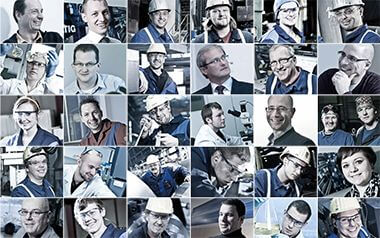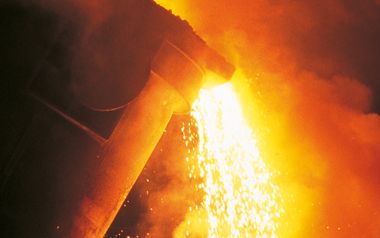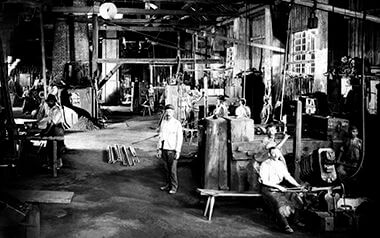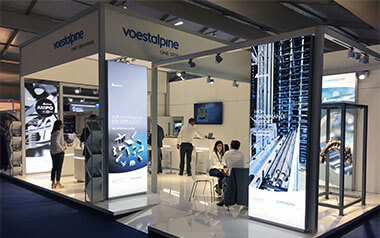Search
-
ACEROS INDUSTRIALES
- Aceros industriales - Aceros de cementación
- Aceros templables en general y templables por precipitación
-
Polvo para fabricación aditiva
- Aleación base Fe
- Aleaciones base - níquel
-
Aceros inoxidables y no magnéticos
- Aceros ferríticos y martensíticos, incl. acero para temple por precipitación
- Aceros austeníticos
- Aceros inoxidables dúplex y súper dúplex
-
Hire work
- Hire rolling
-
AERONÁUTICA
- Piezas de turbinas y motores (Industria aeroespacial)
- Elementos estructurales (Industria aeroespacial)
- Otros componentes aeroespaciales
-
AUTOMOCIÓN
- Carreras automovilísticas (RACE)
- Componentes para inyección
- Otros componentes para industria automotriz (turbocompresores, aros de pistones, sensores, etc.)
-
MOLDES DE PLÁSTICO
- Extrusión de plástico
- Moldeo por inyección Inyección de plástico
- Camisas y tornillos
- All applications
















